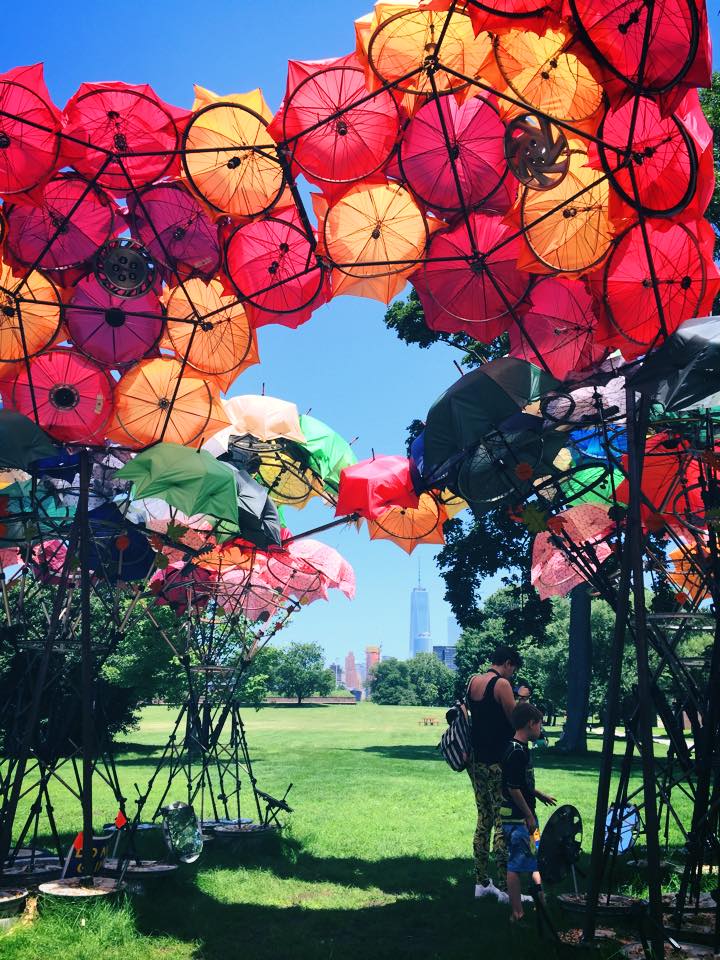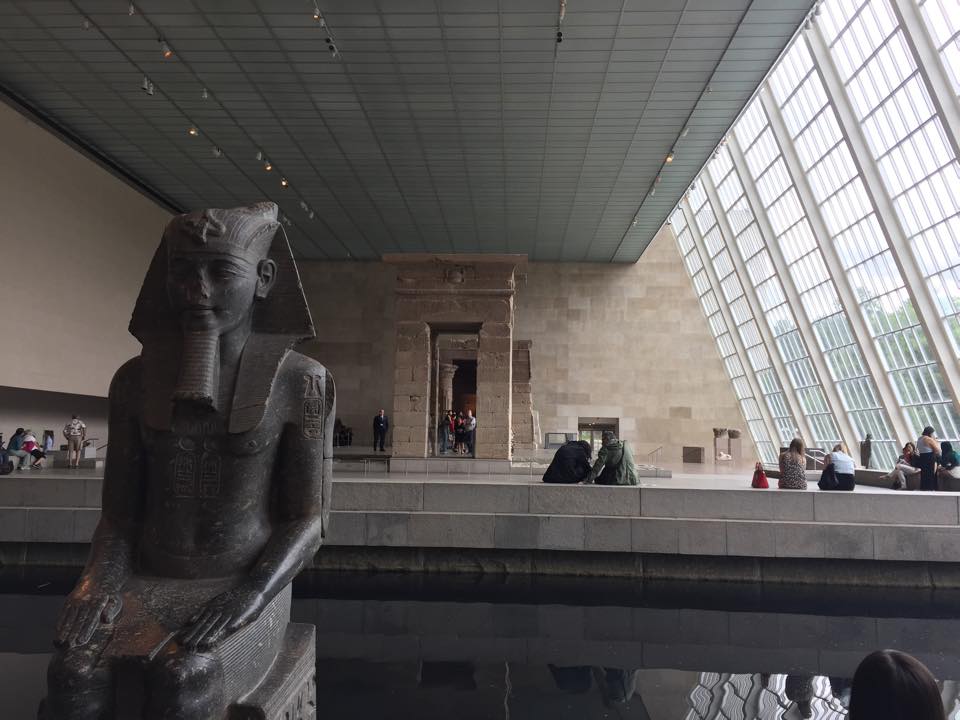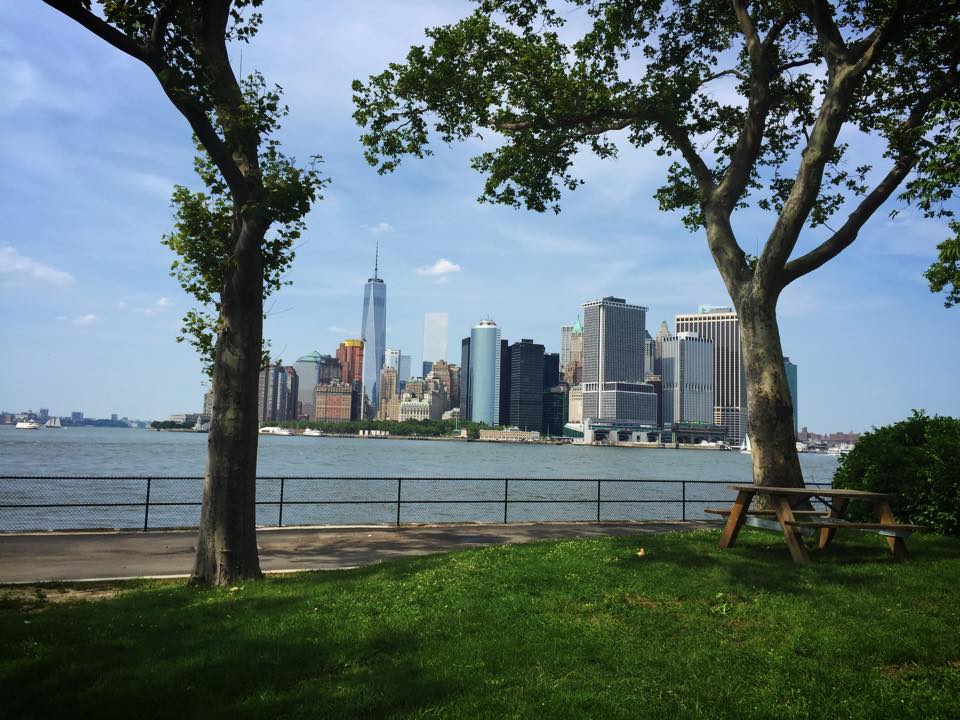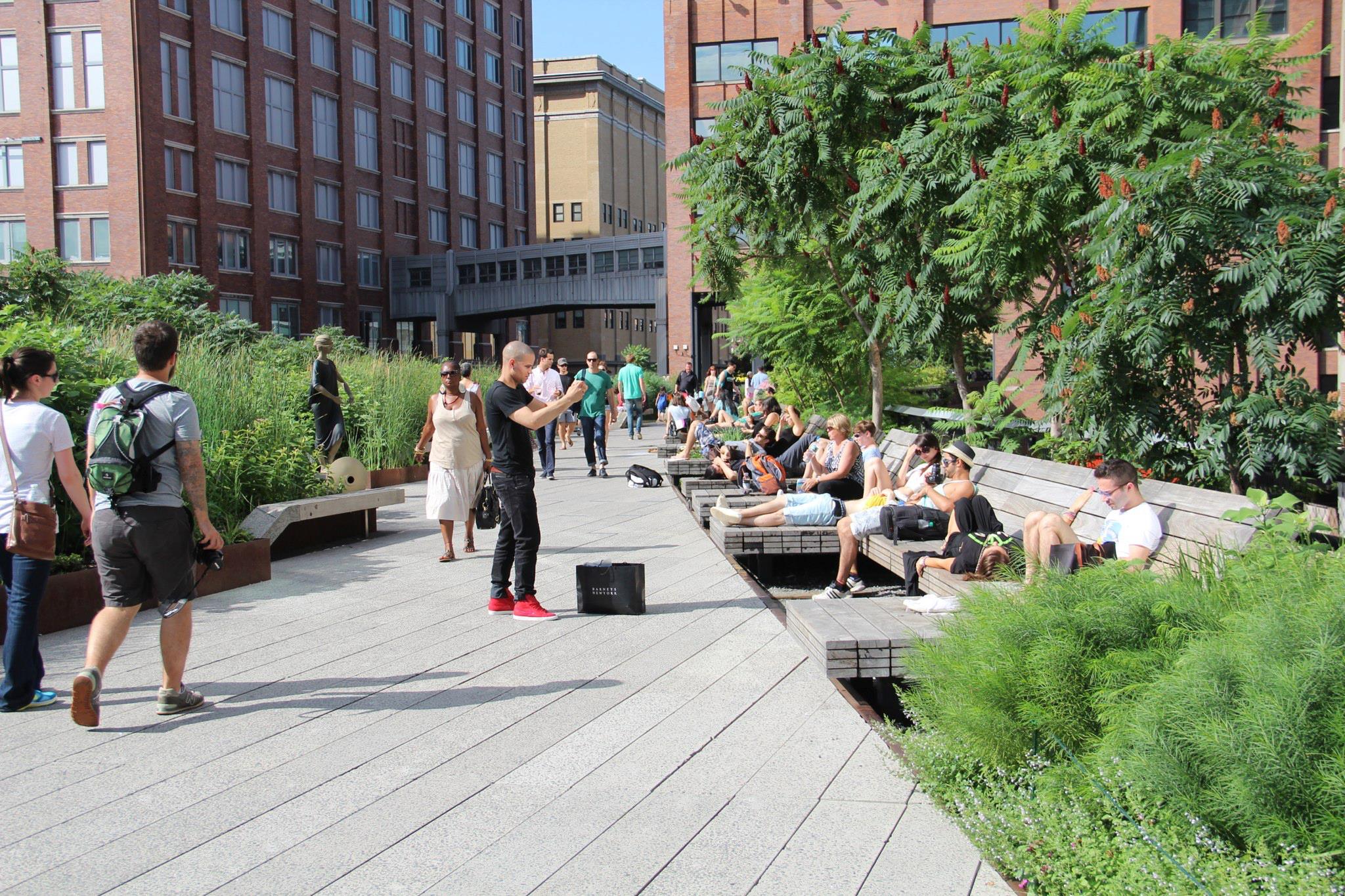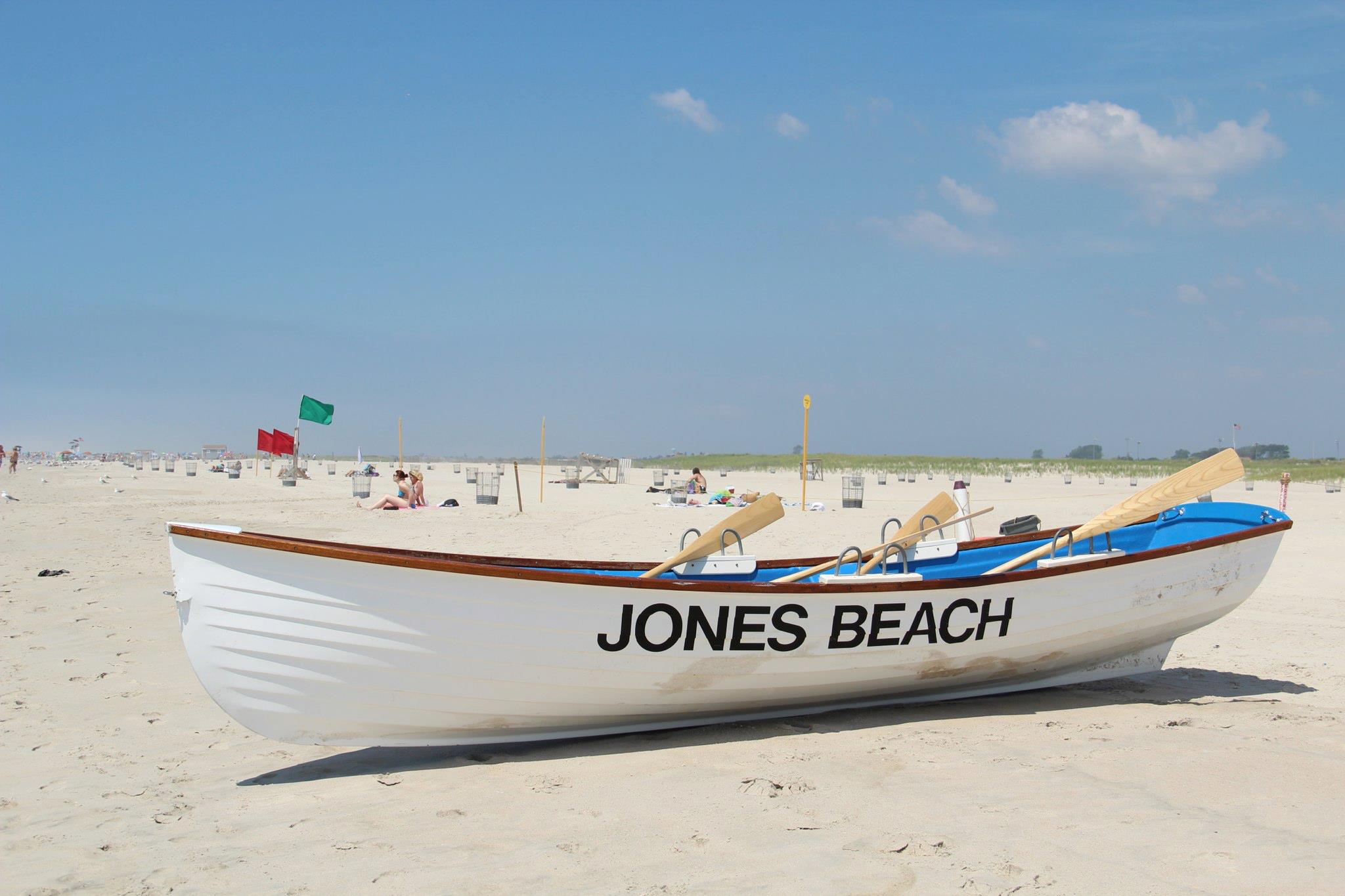By Rosa Sheng, AIA
#Architalks is back! And No. 10 happens to be themed on the topic of Summer Break (no irony should be lost that I have written this post during my summer break and it was due just a day after the 4th of July holiday weekend) thanks to Bob Borson of Life of an Architect.
Since childhood, summer breaks have been special and distinct. As the weather heats up for 3 months, time seems to slow down. And yet, the memories from these "breaks" are more vivid now than the blurred rush from rest of the 9 months of years past. Fireworks, fireflies, family day trips to the Jersey shore with sun, sand, and salty Atlantic Ocean mixed with smells of fried funnel cake, cotton candy and lemonade. As I got older, summer break trips expanded to a few special visits to China to visit my grandparents and see amazing architectural wonders like the Great Wall, Forbidden City, and the Hu-Tong (densely packed neighborhood fabric of the city). And during Architecture school, my last summer break as a student was spent immersed in the city of Taipei, Taiwan for my thesis project: mixing summer fun with historical research for a theoretical building site.
Now, as an Architect living on the west coast for more than 15 years with seasons that are muddled, I look forward to my “summer breaks” more than ever. I enjoy reliving the nostalgic memories and creating new ones with my family in our annual July vacation to the east coast. It has become an important time to recharge the batteries, reconnect with personal passions, as well as catching up with our relatives and friends. While we still make a point to unplug with a visit to the beach, my vacations would not be complete without some exploration of urban and architectural treasures. The list includes an annual visit to The Metropolitan Museum (aka., The MET), a baseball game at the new stadiums, a leisure stroll on the High Line, a ferry ride to Governor's Island, the Liberty Bell in Philadelphia and The Glass House in Connecticut.
The importance of getting a break from work or any major project that we are trying to accomplish seems like an obvious no brainer to maintain optimal focus and productivity. A 2008 Families & Work Institute study found that not only do workers with paid vacation time have higher job satisfaction and are less likely to leave their job than those without paid vacation time, but also that the amount of time away matters. Both workers’ satisfaction and likelihood to stay in their job rose significantly when their vacation lasted 13 days or more.
While most established Architecture firms may offer a minimum number of paid vacation days and sick days (usually 10 of each) to salaried full-time employees, the reality is that the majority of staff never take the full time allotted to them given the demands of project schedules and pressures of the “long hours” work culture originating from Architectural School design studio. Since we conducted the Equity in Architecture Survey in 2014, the discussion of work/life flexibility and more specifically the topic of employer support for taking an extended break is something that the Architecture profession needs to discuss and improve upon as a strong link to talent retention.
Outside of the profession, there are bigger questions of how we compare with other countries and their support of paid breaks. The U.S. is the only advanced nation in the world that doesn’t guarantee workers paid time off according to a report titled "No-Vacation Nation - Revisited" by the Center of Economic and Policy Research, a liberal policy group.
And beyond taking leaves for medical reasons (including childbirth or caregiving of others) the least addressed or discussed type of extended break or leave is one for exploration to learn a new skill or a mental respite traditionally know as a sabbatical in academic circles. Is there a way to hack the illusive "break"?
What if companies offered scholarships for those seeking to expand their professional and leadership development that also benefitted the sponsoring employer? What if professional sabbaticals were structured in a way as a benefit for reaching milestones of project goals, licensure, or tenure to reward productivity, project success and also improve talent retention? From restorative summer breaks as a youth/student, we could seek inspiration for transforming that experience into a healthy lifestyle practice throughout our careers. So don't be afraid to ask and find creative ways to negotiate for it - "Give me a break?"
